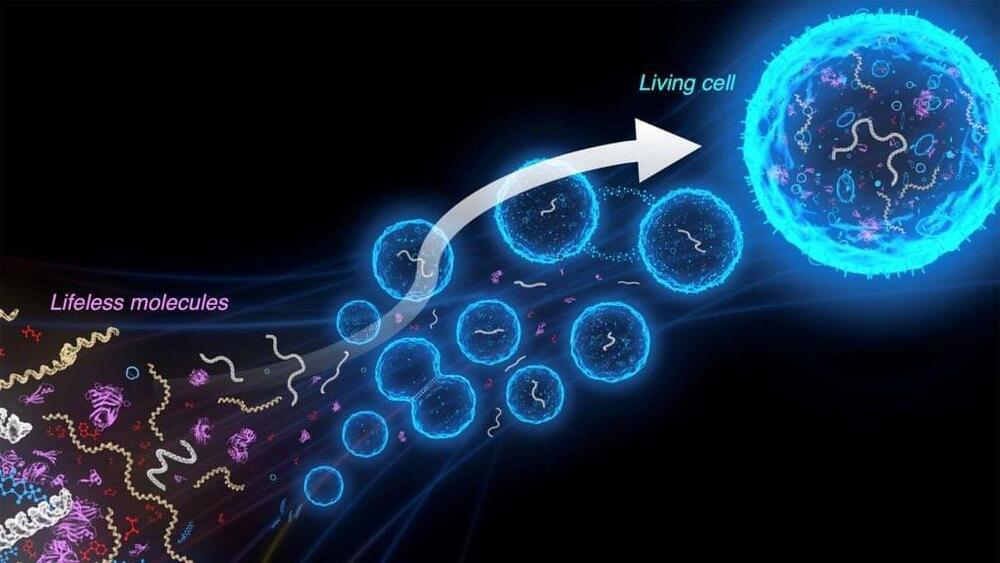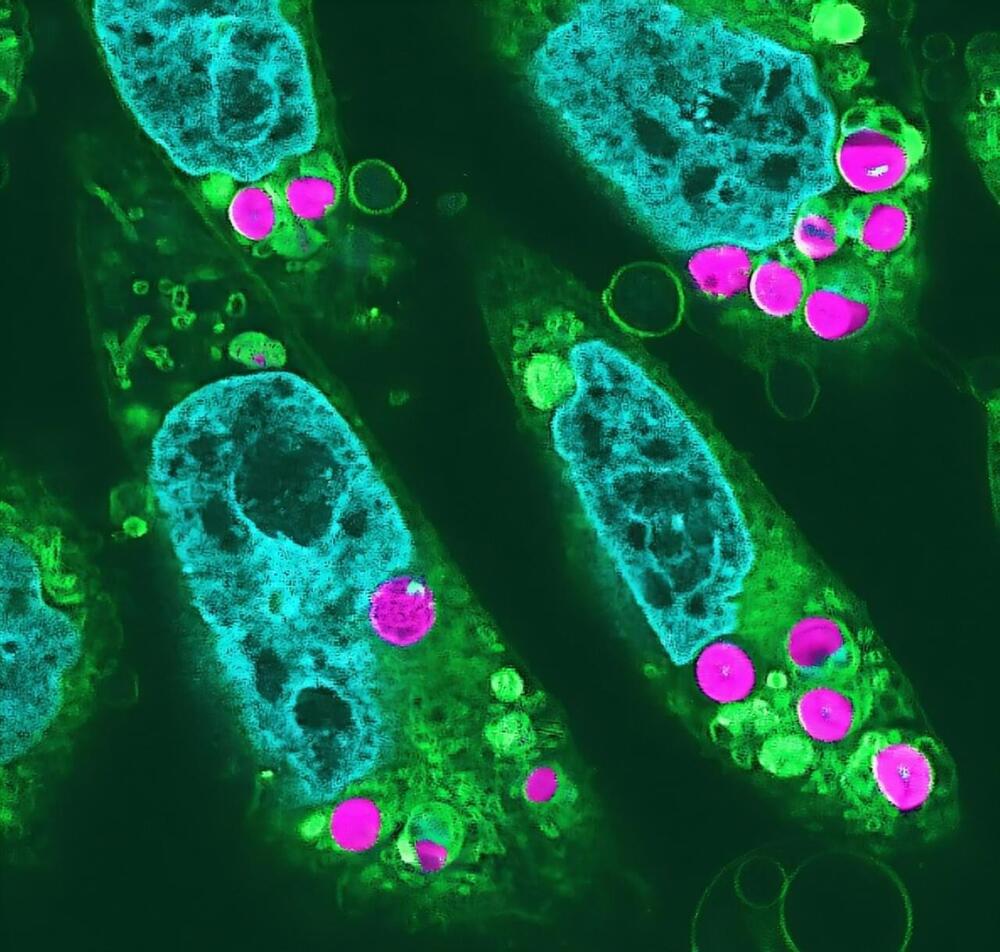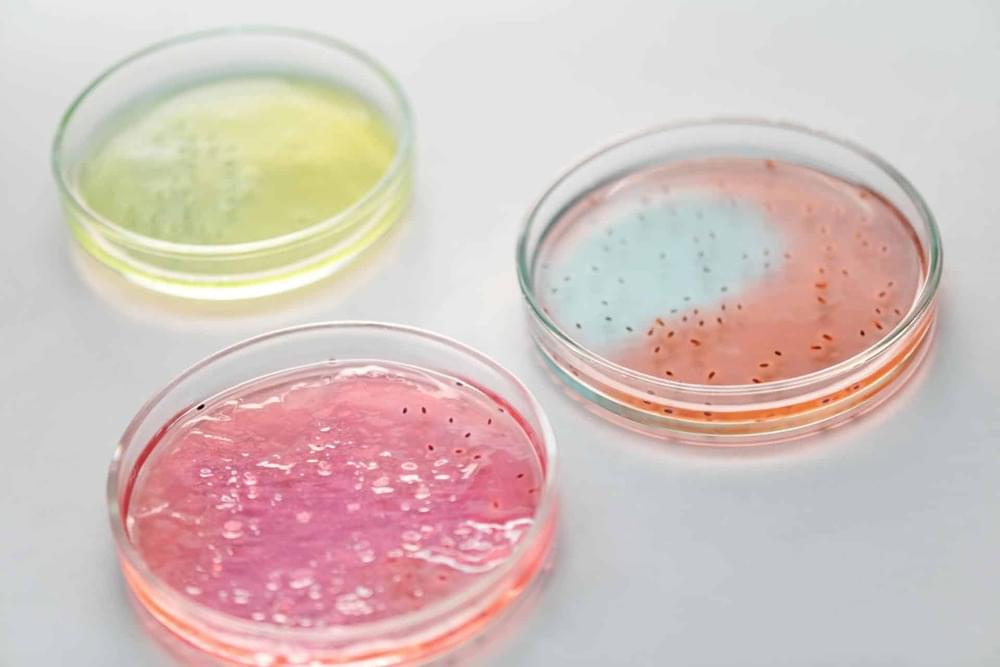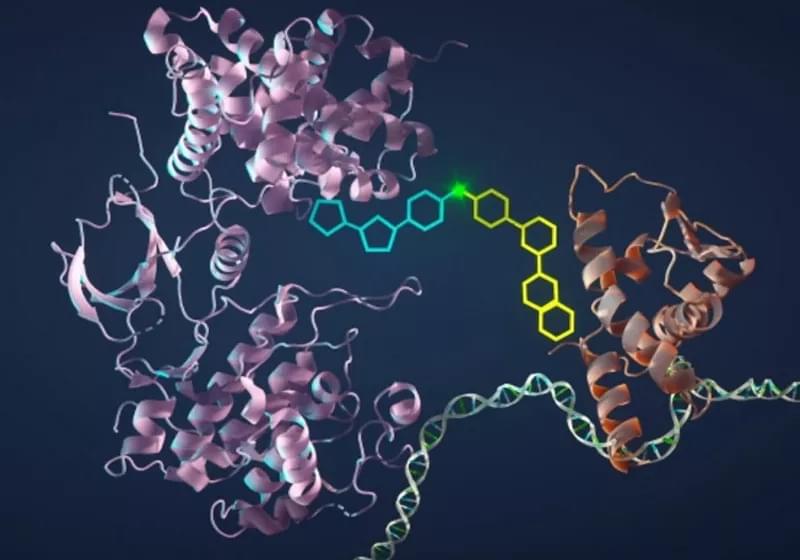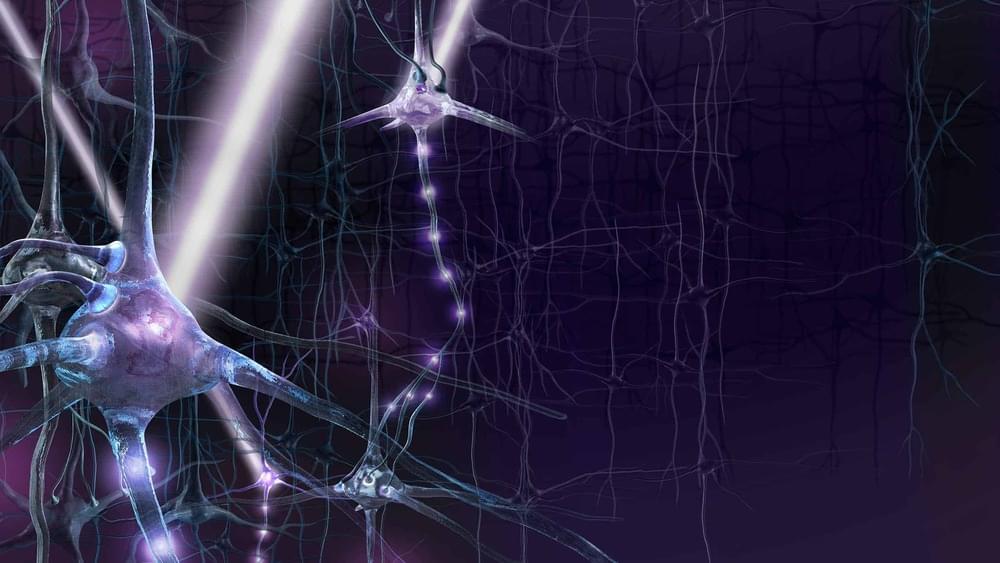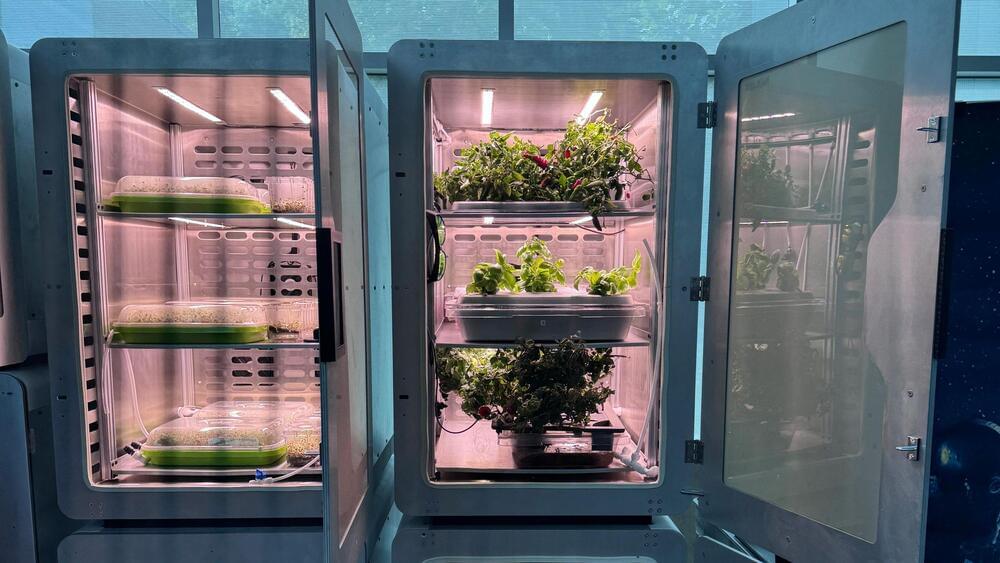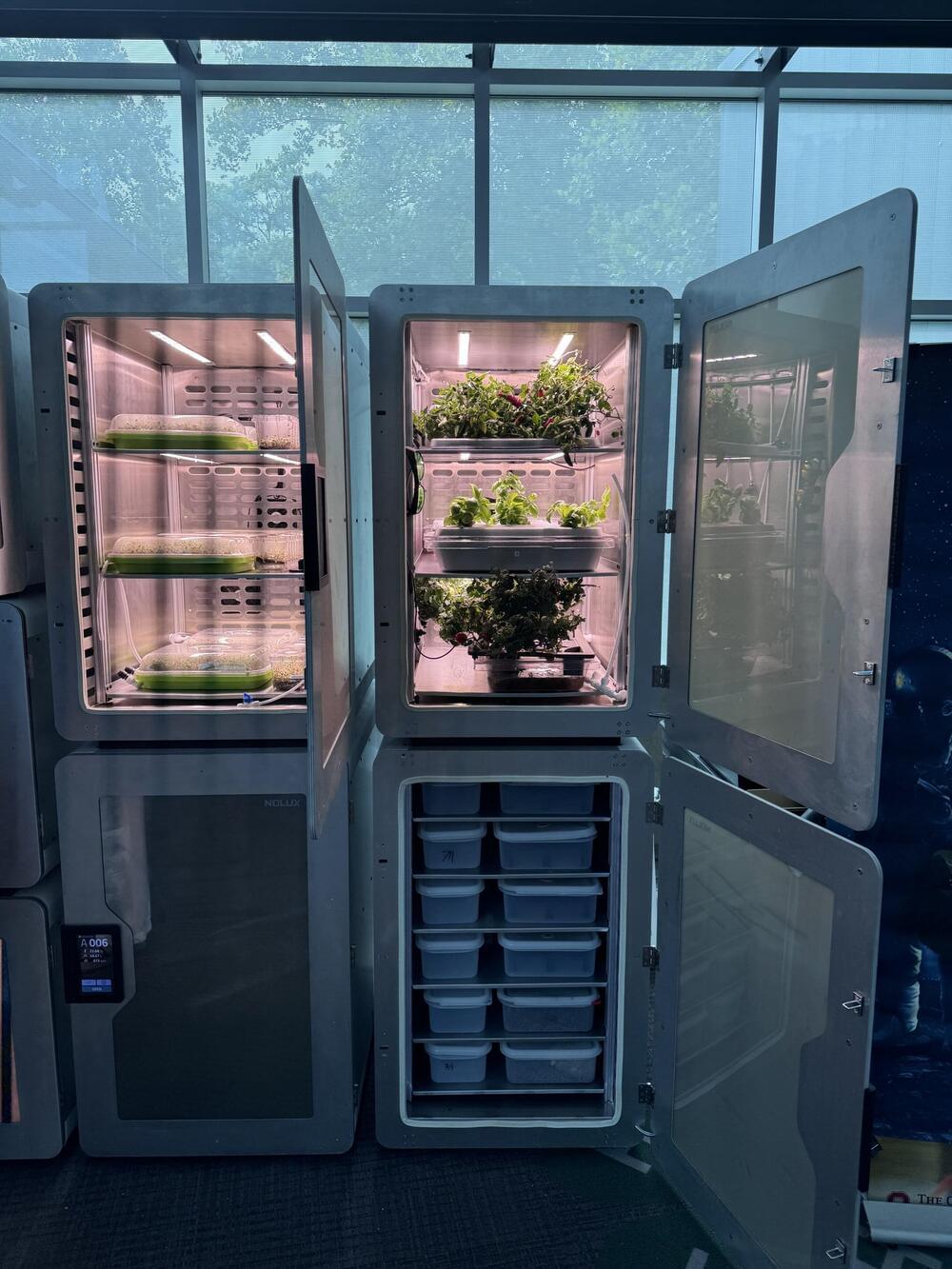Scientists are designing simplified biological systems, aiming to construct synthetic cells and better understand life’s mechanisms.
One of the most fundamental questions in science is how lifeless molecules can come together to form a living cell. Bert Poolman, Professor of Biochemistry at the University of Groningen, has been working to solve this problem for two decades. He aims to understand life by trying to reconstruct it; he is building simplified artificial versions of biological systems that can be used as components for a synthetic cell.
His work was detailed in two new papers published in Nature Nanotechnology and Nature Communications. In the first paper, he describes a system for energy conversion and cross-feeding of products of this reaction between synthetic cells, while he describes a system for concentrating and converting nutrients in cells in the second paper.
